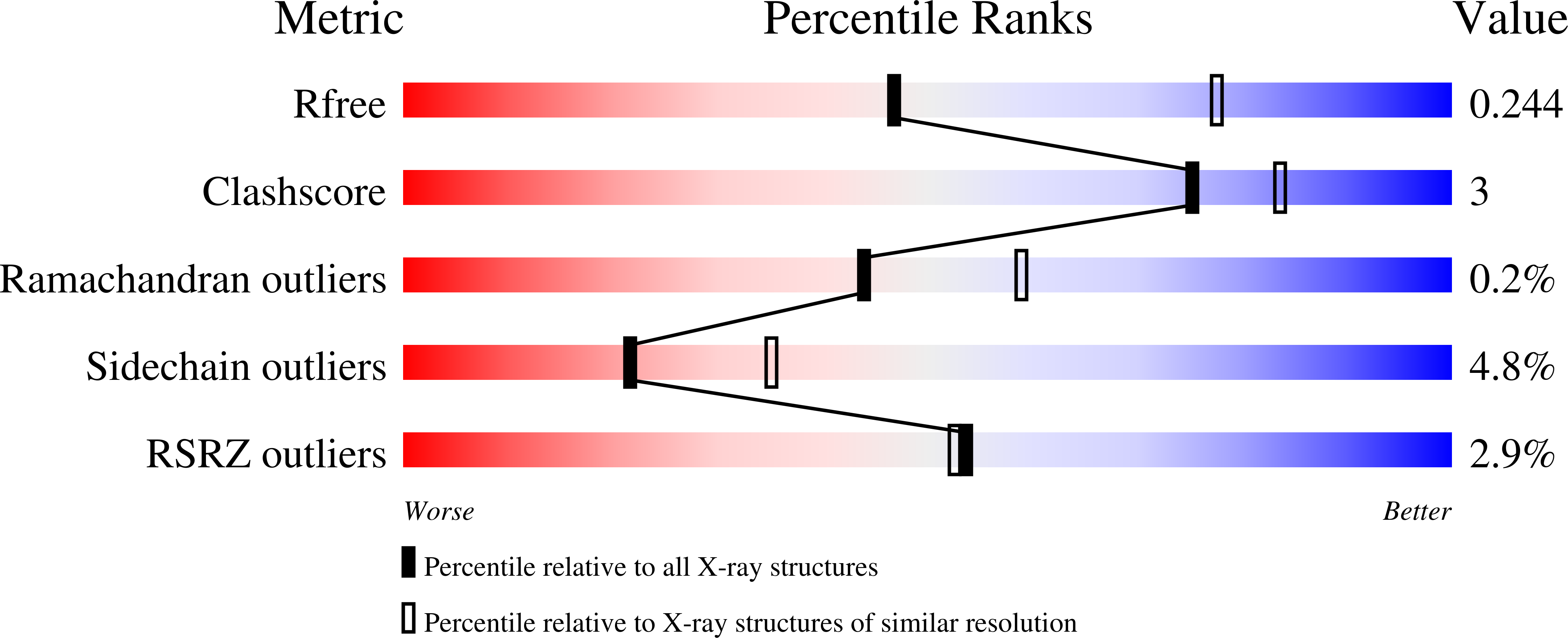
Deposition Date
2024-04-11
Release Date
2025-04-02
Last Version Date
2025-04-02
Entry Detail
PDB ID:
9EZD
Keywords:
Title:
BsmI (Bottom Nicking mutant) crystallized with Mg2+ and cognate dsDNA (Post-reactive complex)
Biological Source:
Source Organism:
Geobacillus stearothermophilus (Taxon ID: 1422)
Host Organism:
Method Details:
Experimental Method:
Resolution:
2.64 Å
R-Value Free:
0.25
R-Value Work:
0.21
R-Value Observed:
0.22
Space Group:
P 21 21 2


